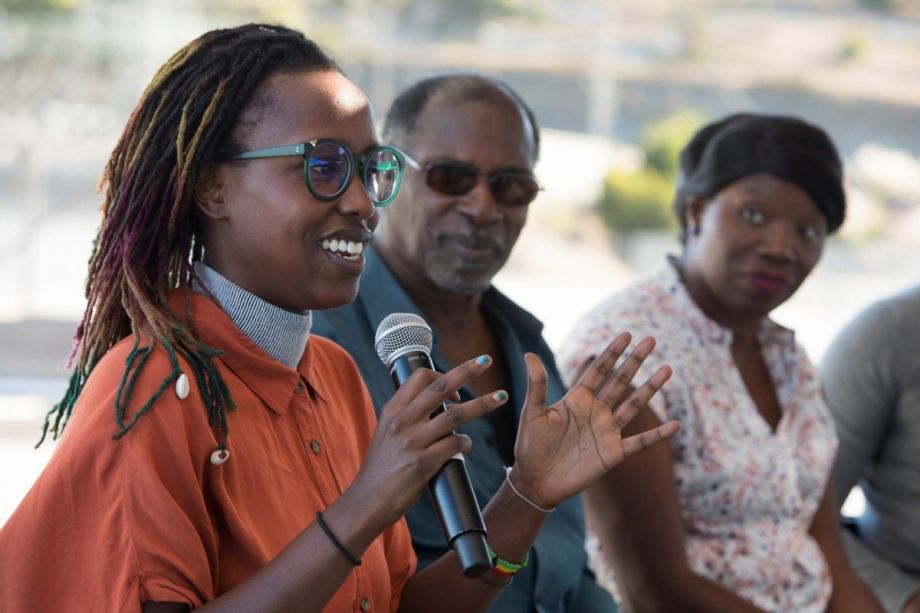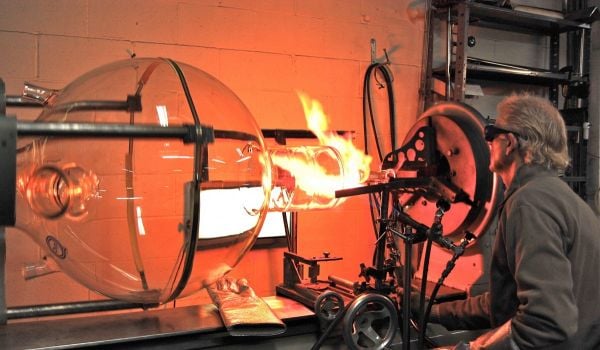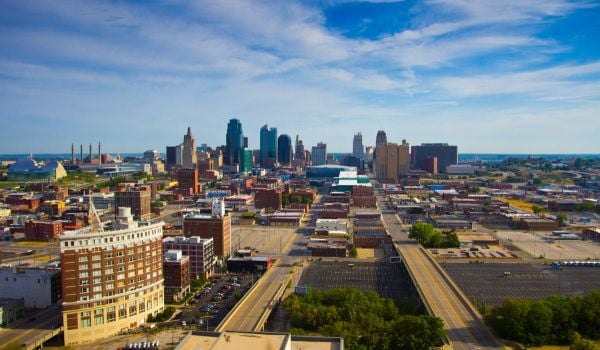San Francisco’s Bayview-Hunters Point is no stranger to harmful substances left over from some toxic industrial uses, including an old, radioactive naval shipyard, wastewater treatment plants, and metal works.
But there exists another industrial site in the city’s largely black neighborhood that now serves as a constructive example of turning a place of contention into a positive community gathering space. After years of activism from neighbors overlooking the Bay’s India Basin, Pacific Gas & Electric shut down its power plant in 2006 due to air pollution concerns. Rather than have the site sit empty during its lengthy remediation process, the utility agreed to put the 30 acres to use as an interim event space through a special program, NOW Hunters Point.
Since 2014, the program has provided opportunities for joyous community gathering like job training and coding workshops, oral history interviews conducted onsite through StoryCorps, a circus through local group Circus Bella with petting zoos, yoga days and the occasional movie night. Those dozens of events have also served as impromptu listening sessions to determine what residents actually want for the future of this space, such as establishing direct access in 2017 to a shoreline trail that includes snippets of that recorded, oral history along the way.
“We felt like stories were being lost in the Bayview as people were moving in or dying off,” says Liz Ogbu, designer and founder of firm Studio O, who’s worked on the site under the program. “It’s the idea that even if this neighborhood ends up changing, the actual stories of the community are embedded into the landscape. It’s sort of a way to say, I am here, I have been here.”
Those stories come out through art, which was front-and-center through deep conversation at a NOW Hunters Point event tackling how to honor the neighborhood’s legacy without causing further harm. Question Bridge: Black Males, an acclaimed art project that digs into black identity, features some Bayview Hunters Point voices and was finally brought directly to the people as a public installation on four large, boxy screens in an outdoor gallery setting.
In the hours leading up to its unveiling on Sept. 21, the project spurred a half-day symposium on that same former PG&E power plant that covered both local and national ways to connect communities to spaces for the creation or appreciation of art that reflects their experiences.
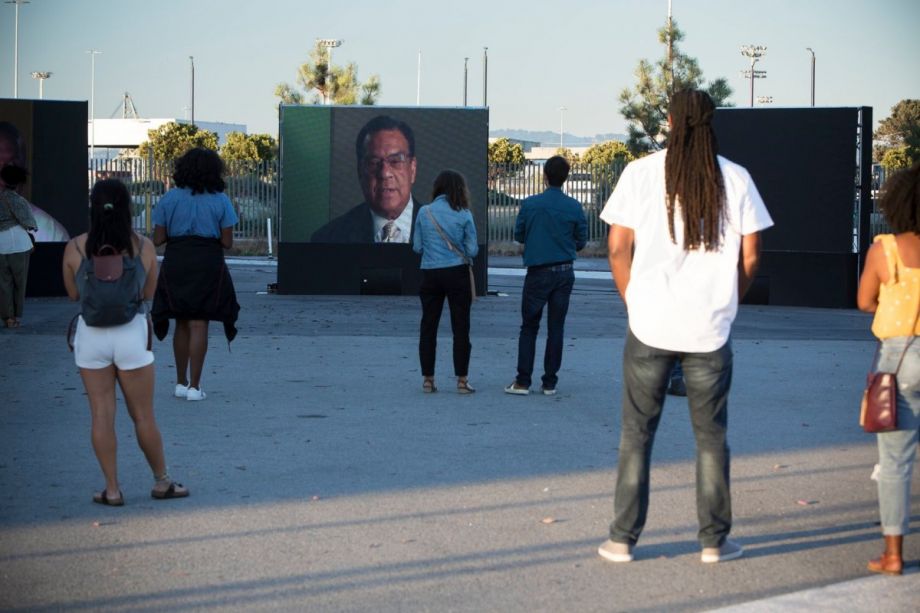
Question Bridge: Black Males, an acclaimed art project that digs into black identity, features some Bayview Hunters Point voices and was finally brought directly to the people. (Photo by Anne Hamersky)
Through the conversations, one thing was clear: being in positions of power prompts a conflicted state over how to wield it. Yerba Buena Center for the Arts CEO Deborah Cullinan acknowledged that, as a white woman, she must be willing to step aside for people of color to fill her role. Tyra Fennell, founding director of Imprint City and vice chair of the African American Arts and Cultural District in Bayview, spoke about being cognizant of how she might be imposing her upper-middle-class upbringing on Bayview.
“Your money base is your power base. To the soul, I’m a black person but I have to step out into the white world to get money for my community,” said Fennel, who’s from Washington, D.C., and now lives in Bayview. “Art can be a lighter fluid to gentrification. That’s why you need the community to be with you.”
Independent curator Ashara Ekundayo agreed, adding that, as a curator, she must not only inspire young artists who look like her, but find business models to make sure they get paid so they can continue the work — something Malik Senefru, a Bayview native displaced to Richmond, struggled with since becoming an artist as a teenager.
While panelists articulated fears of encouraging gentrification seen in San Francisco’s Western Addition and Mission District as well as Oakland, one longtime Bayview resident, Ron Saunders, doesn’t think there’s any stopping it. After all, it’s one of the last affordable areas in the city..
“These events do expose people to the area and I think that’s a good thing,” said Saunders, who’s lived in the neighborhood for 34 years. “It takes all the negative images and dispels it.”
The conversation served another purpose: an impromptu therapy session that was ultimately about belonging. Whether it’s about being queer or assumed male like self-identified queer womyn artist Mwende “Freequency” Katwiwa or trying to hold onto your community long after displacement like Seneferu.
“Belonging is something I struggled with my whole life,’ said Katwiwa, who emigrated from Kenya. “If I’m being honest, there’s no place where all of me belongs. I don’t think I belong anywhere but to myself.”
These conversations about belonging and identity especially stuck with UC Berkeley student Daisy Son, who was drawn to the event through a class and found it emotionally comforting as she thought about her own Korean-American identity. She doesn’t quite feel like one or the other, she said.
“It made me think about my own community … my identity within my community,” Son said of the symposium. “If you don’t change yourself, you can’t change the community.”
Spreading these ideas outward, and beyond the Bayview community, was precisely one of Ogbu’s hopes for the symposium. What stuck out to her were the themes of vulnerability, healing, love, authenticity and sense of homelessness that comes with communities of color undergoing rapid change, as expressed through art pieces like the Question Bridge installation.
“With events like this, we were never going to solve [gentrification],” Ogbu said with a laugh. “But I think if we don’t talk about it, we can’t move forward. If we don’t talk about that, it’s either like we’re find or we make assumptions about what [sic] people think and that’s how we continue to get these cities existing as contested spaces.”
This article is part of “For Whom, By Whom,” a series of articles about how creative placemaking can expand opportunities for low-income people living in disinvested communities. This series is generously underwritten by the Kresge Foundation.
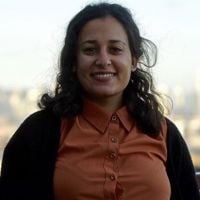
Ida Mojadad is SF Weekly's staff writer, often covering politics, housing and transportation. Her words can also be found in the Orange County Register, KQED (NPR), Faribault Daily News, Northfield News and SF Examiner. You can find more of her work at idamojadad.com.

